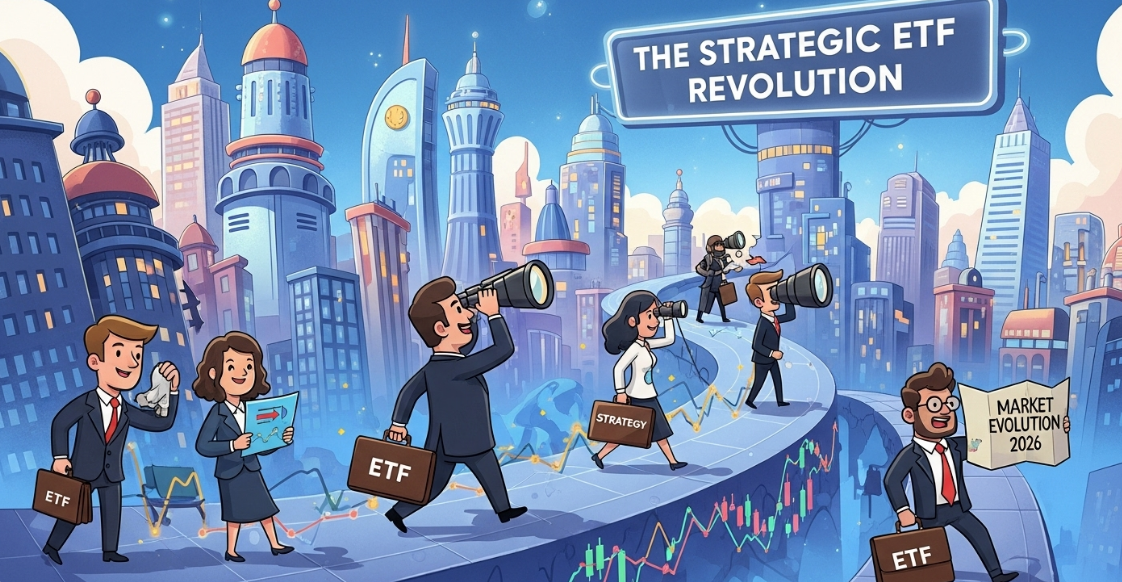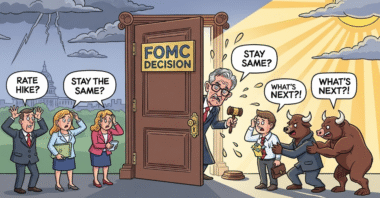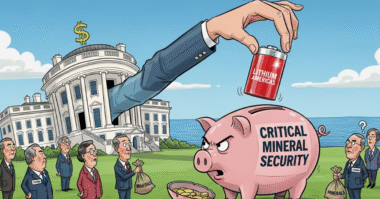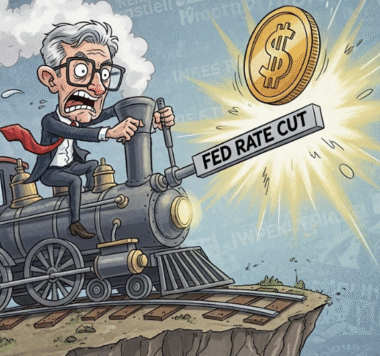The exchange-traded fund universe has undergone a metamorphosis that would make Darwin himself applaud, evolving from simple index tracking vehicles into sophisticated strategic instruments capable of delivering targeted exposure across sectors, themes, and investment strategies. For discerning investors visiting AttractiveStock.com, strategic ETFs represent a compelling opportunity to participate in market growth while maintaining the diversification benefits that keep portfolio managers sleeping soundly at night.
Industry projections suggest global ETF assets under management could exceed $20 trillion by 2026, representing a paradigm shift in how institutional and retail investors approach portfolio construction. This case study examines the strategic ETF landscape and identifies opportunities that could deliver substantial returns while the broader market continues its digital transformation journey.
The Foundation of Strategic ETF Excellence
The ETF revolution has reached a sophistication level that would have seemed like science fiction to investors a decade ago. Active ETF assets under management globally exceeded $1 trillion in September 2024, with predictions suggesting this figure could reach $4 trillion by 2030. This explosive growth reflects not merely a trend, but a fundamental restructuring of investment management toward more flexible, cost-effective solutions.
Strategic ETFs have distinguished themselves from their passive cousins by incorporating active management principles while maintaining the liquidity and transparency benefits that made ETFs popular in the first place. Think of them as the Swiss Army knives of modern portfolio management—versatile enough to address specific investment objectives while maintaining the simplicity that investors crave.
The technology sector, in particular, has emerged as a battlefield where strategic ETFs demonstrate their superiority over traditional approaches. The tech-heavy Nasdaq Composite Index surged approximately 85% over the past two years, creating opportunities for strategic ETFs to capture this momentum while managing the inherent volatility that keeps traditional fund managers reaching for antacids.
Performance Excellence and Market Leadership
Strategic ETFs focusing on technology and innovation themes have delivered performance that makes traditional mutual fund managers question their career choices. Leading technology ETFs have posted year-to-date returns of 15.6%, significantly outperforming the category average of 10%, demonstrating the value of strategic sector allocation over broad market exposure.
This outperformance stems from strategic ETFs’ ability to adapt to changing market conditions while maintaining exposure to secular growth trends. Unlike traditional index funds that mechanically follow predetermined weightings, strategic ETFs can adjust allocations based on fundamental analysis, technical indicators, or thematic considerations.
The diversification within strategic technology ETFs provides additional comfort for risk-conscious investors. Rather than betting the farm on individual technology darlings that might stumble over their own algorithms, strategic ETFs spread exposure across multiple companies and subsectors, creating a safety net that individual stock picking cannot provide.
The 2026 Investment Landscape
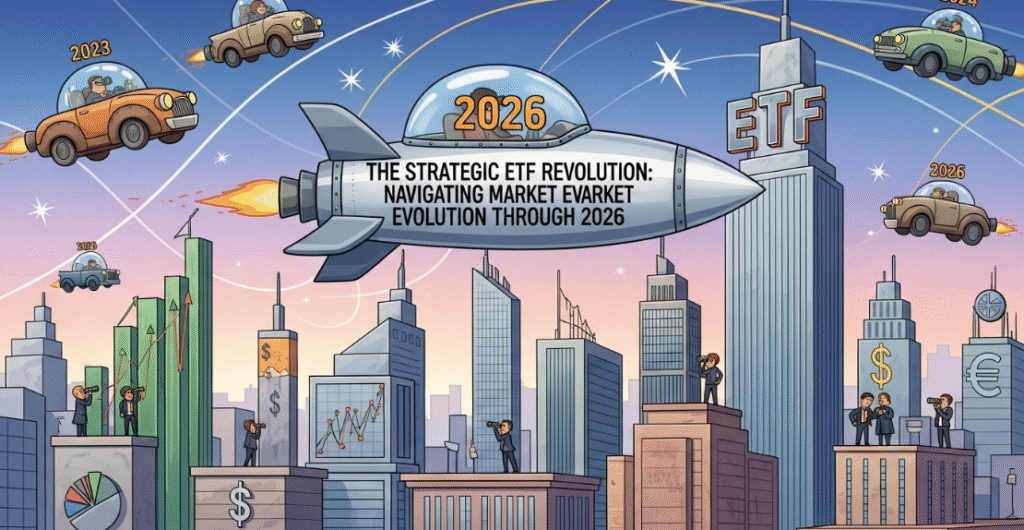
Looking toward 2026, strategic ETFs are positioned to capitalize on several convergent trends that suggest continued outperformance potential. The artificial intelligence revolution, while generating considerable hype, represents a genuine paradigm shift comparable to the internet’s emergence in the 1990s. Strategic ETFs focusing on AI and automation themes provide exposure to this transformation without requiring investors to become technology experts.
The SPDR family covers 11 GICS sectors and 22 industries, including active sector rotation ETFs and thematic sectors, providing investors with tools to implement sophisticated allocation strategies previously available only to institutional investors. This democratization of advanced investment strategies represents a significant value proposition for individual investors seeking professional-grade portfolio construction.
The regulatory environment continues evolving favorably for ETF innovation. Regulatory barriers to active ETFs are falling rapidly, with active ETFs now accounting for the majority of ETF launches in the US, Canada, and Australia. This regulatory tailwind suggests continued product innovation and competitive fee pressure, benefiting end investors.
Strategic Sector Rotation and Thematic Opportunities
Strategic ETFs excel in capturing sector rotation opportunities that individual investors often miss due to timing challenges or insufficient market expertise. The ability to pivot between sectors based on economic cycles, interest rate environments, or technological disruptions provides strategic ETFs with dynamic allocation capabilities that static portfolios cannot match.
Energy transition themes present compelling opportunities for strategic ETFs through 2026. As governments worldwide commit to carbon neutrality goals and renewable energy adoption accelerates, strategic ETFs focused on clean energy, battery technology, and sustainable infrastructure are positioned to benefit from multi-decade investment cycles.
Healthcare innovation represents another fertile ground for strategic ETF opportunities. Biotechnology advances, aging demographics, and digital health transformation create investment themes that transcend traditional sector boundaries. Strategic ETFs can capture these opportunities across pharmaceutical companies, medical device manufacturers, and digital health platforms simultaneously.
Risk Management and Diversification Benefits
Strategic ETFs address one of individual investors’ greatest challenges: achieving adequate diversification without diluting return potential. Traditional broad market index funds provide diversification but often include significant exposure to mature, slow-growth sectors. Strategic ETFs allow investors to maintain diversification within growth-oriented sectors while avoiding exposure to declining industries.
The active management component of strategic ETFs provides downside protection that passive approaches cannot deliver. During market stress periods, strategic ETF managers can reduce exposure to vulnerable positions, raise cash levels, or implement hedging strategies that protect capital while maintaining upside participation.
Currency hedging capabilities within international strategic ETFs provide additional risk management benefits for US investors seeking global exposure without currency volatility. This feature becomes particularly valuable as global monetary policy cycles diverge and exchange rate fluctuations intensify.
Technology Integration and Innovation Themes
The convergence of multiple technology trends creates investment opportunities that strategic ETFs can capture more effectively than traditional approaches. Cloud computing, cybersecurity, e-commerce, and digital payments represent distinct but interconnected themes that benefit from strategic allocation rather than individual stock selection.
Strategic ETFs focusing on disruptive innovation can participate in the ongoing digital transformation of traditional industries. Whether through fintech disruption of banking, telemedicine transformation of healthcare delivery, or autonomous vehicle revolution in transportation, strategic ETFs provide exposure to these trends without requiring investors to predict individual winners.
The semiconductor industry exemplifies how strategic ETFs can navigate complex, cyclical sectors. Rather than attempting to time semiconductor cycles or select among hundreds of component manufacturers, strategic ETFs can maintain exposure to this critical enabler of digital transformation while managing the inherent volatility through professional portfolio management.
The Path to 2026: Projection Analysis
Conservative projections for leading strategic ETFs through 2026 suggest annual returns in the 12-18% range, assuming continued economic growth and technology adoption trends. These projections reflect the combination of secular growth trends, professional management capabilities, and diversification benefits that strategic ETFs provide.
More optimistic scenarios, particularly for technology-focused strategic ETFs, suggest potential returns approaching 20-25% annually through 2026. These projections assume continued artificial intelligence adoption, successful energy transition investments, and sustained productivity improvements from digital transformation initiatives.
Even pessimistic scenarios suggest strategic ETFs should outperform traditional broad market indices through 2026, given their ability to avoid declining sectors and concentrate exposure in growth areas. This asymmetric risk-reward profile makes strategic ETFs attractive for investors seeking growth without accepting single-stock concentration risk.
Implementation Considerations and Portfolio Construction
Strategic ETFs work best when integrated into comprehensive portfolio strategies rather than used as isolated investments. A core-satellite approach, where broad market exposure provides stability while strategic ETFs provide growth enhancement, often delivers optimal risk-adjusted returns.
Cost considerations remain important despite strategic ETFs’ active management benefits. Expense ratios for quality strategic ETFs typically range from 0.3% to 0.8%, representing reasonable costs for professional management and diversification benefits. These costs should be evaluated against the potential for enhanced returns and reduced volatility.
Tax efficiency represents another strategic ETF advantage over traditional mutual funds. The ETF structure’s inherent tax advantages, combined with strategic managers’ ability to harvest losses and manage distributions, can enhance after-tax returns significantly for taxable account investors.
Conclusion: Strategic ETFs as Portfolio Cornerstones
For investors aligned with AttractiveStock.com’s philosophy of identifying quality opportunities with attractive risk-adjusted return potential, strategic ETFs represent a compelling evolution in investment management. The combination of professional management, diversification benefits, liquidity, and transparency creates investment vehicles superior to both traditional mutual funds and individual stock selection for most investors.
The journey through 2026 presents unique opportunities for strategic ETFs to demonstrate their value proposition. Whether through technology sector leadership, thematic investing in secular trends, or dynamic sector rotation, strategic ETFs provide tools for participating in market evolution while managing downside risks.
The projected growth in ETF assets under management reflects not merely industry marketing success, but genuine investor recognition of strategic ETFs’ superior value proposition. As markets become increasingly complex and interconnected, the professional management and diversification benefits that strategic ETFs provide become more valuable, not less.
For investors seeking exposure to growth themes without accepting individual stock concentration risks, strategic ETFs offer an elegant solution that combines institutional-quality management with retail accessibility. The path to 2026 appears bright for investors willing to embrace this evolution in portfolio construction, particularly for those who appreciate professional management without the traditional constraints and costs of mutual fund investing.
This analysis is prepared for AttractiveStock.com and reflects publicly available information as of September 2025. Investment decisions should always incorporate individual risk tolerance, investment objectives, and comprehensive portfolio diversification considerations.
